Condo association letter templates
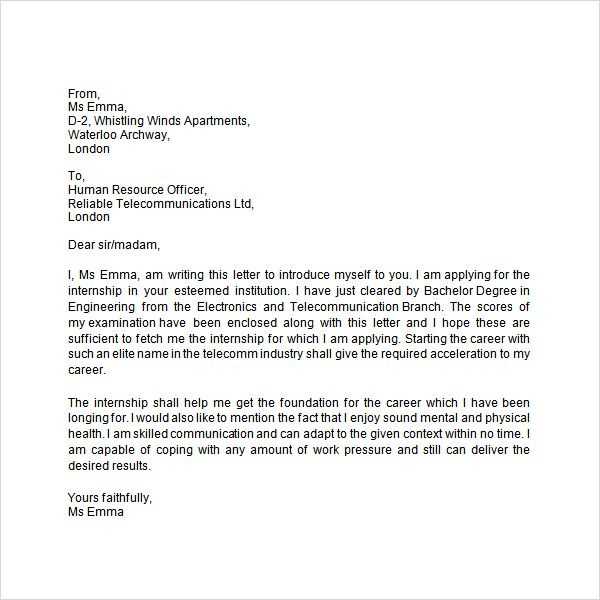
To streamline communication within a condo association, having a set of pre-written letter templates is invaluable. These templates help create consistency, save time, and ensure that important issues are addressed with clarity and professionalism. Whether it’s a notice for a maintenance schedule, a reminder about community rules, or a request for feedback, a well-structured letter fosters better relationships and reduces misunderstandings.
Start with the basics: keep the language clear, direct, and respectful. Make sure your templates cover a variety of situations, including standard notifications, policy changes, or responses to residents’ concerns. Incorporating key information such as dates, specific actions, and contact details will make each letter more effective and ensure no vital points are overlooked.
In addition to the basics, include a personal touch where appropriate. A letter about a community event or a thank you note for cooperation will be more warmly received if it includes a genuine tone. Customize each template to reflect the unique culture of your community, while maintaining the professionalism that represents the association’s values.
Condo Association Letter Templates
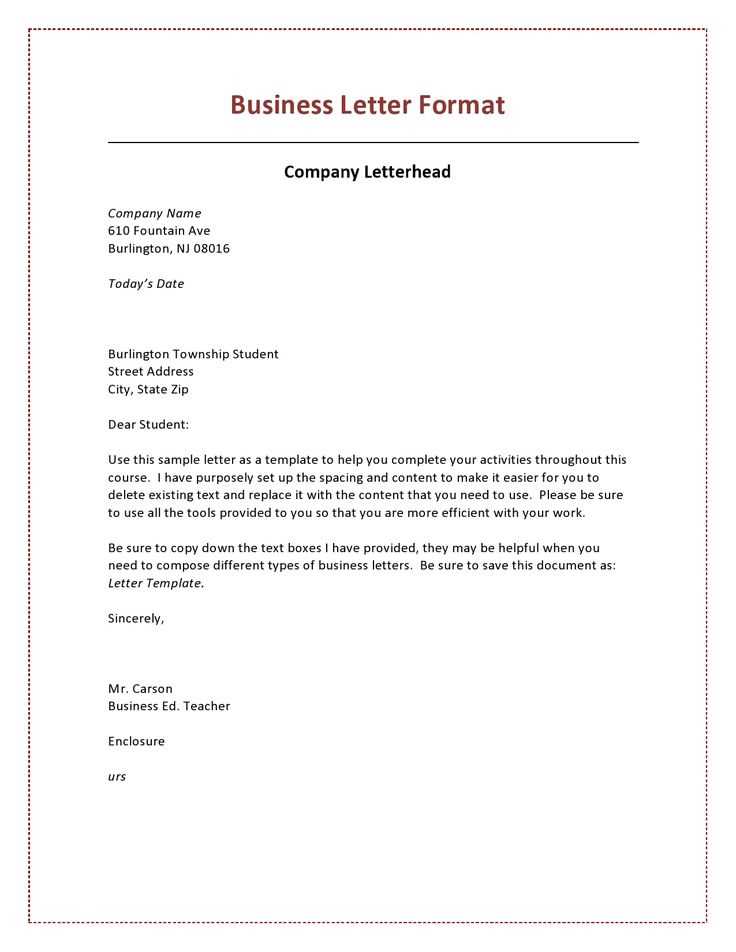
To ensure clear communication with residents and owners, a well-crafted condo association letter is key. Whether addressing maintenance issues, policy updates, or financial matters, use a structured and professional approach. Here are some examples and tips to guide you:
- Maintenance Notices: Notify residents about upcoming repairs or maintenance. Include dates, times, and areas affected to minimize disruptions. Ensure the tone is polite but direct.
- Fee and Dues Reminders: For late or upcoming payments, send a reminder that clearly outlines due amounts, deadlines, and payment methods. Be courteous but firm.
- Policy Updates: When updating condo rules or policies, provide a clear outline of the changes and the reason for them. It’s helpful to include a summary of the key points to avoid confusion.
- Board Meeting Announcements: Include the date, time, location, and agenda for the upcoming meeting. Encourage residents to attend or submit questions in advance to increase participation.
- Community Events: Use a friendly tone to invite residents to community events. Include necessary details such as time, location, and any required RSVP or participation fees.
Each letter should include the condo association’s contact details and an option for residents to respond with any questions or concerns. Ensure clarity and professionalism in every communication.
Creating a Welcome Letter for New Residents
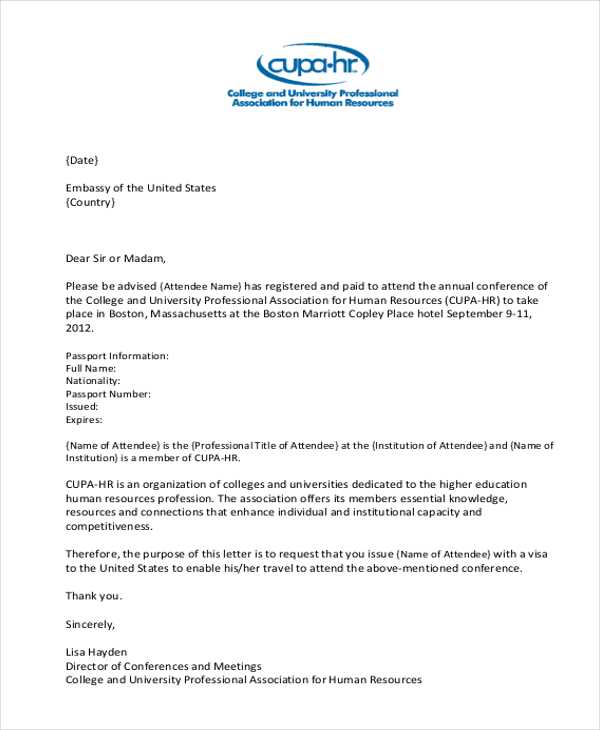
Begin the welcome letter with a warm greeting that makes new residents feel valued and comfortable. Express excitement about their arrival and include the community’s contact information so they can easily reach out if needed.
Personalize the Message
Personalize the letter by including the resident’s name and specific details about their move-in, such as their unit number. This small gesture helps them feel more connected to the community from the start.
Provide Key Information
Include essential details about the condo, such as the location of parking, amenities like the pool or fitness center, and community rules. You can also mention any upcoming meetings or events that could help the new resident integrate into the community.
Be clear and concise, and offer to provide assistance if they need further clarification about anything. A helpful approach will leave a positive first impression and build trust within the community.
End the letter with a friendly closing, encouraging the resident to reach out with any questions, and wishing them a pleasant experience in their new home.
Notifying Residents About Upcoming Maintenance and Repairs
Notify residents well in advance about scheduled maintenance or repairs. Specify the exact dates and times when work will occur, along with a brief description of the tasks to be completed. Include any expected disruptions or changes to access and provide alternative arrangements if necessary.
Clearly communicate the purpose of the maintenance or repairs, such as improving building infrastructure or enhancing safety. Let residents know if they need to take specific actions, such as moving vehicles or clearing common areas. Provide a contact number or email for further inquiries.
Keep the tone friendly but direct. Use bullet points for key information, so residents can easily scan and understand the details. If the maintenance spans multiple days, include an estimated timeframe for completion and updates if anything changes.
Post reminders in shared spaces like bulletin boards or community websites. This ensures the information reaches everyone and remains accessible. Send follow-up notices closer to the maintenance dates to confirm the schedule and remind residents of any preparation required.
Ensure the repair team is informed of any special needs or concerns from residents, so they can plan accordingly. Keep residents updated on any delays or changes during the repair process.
Drafting an Annual Budget Announcement to the Community
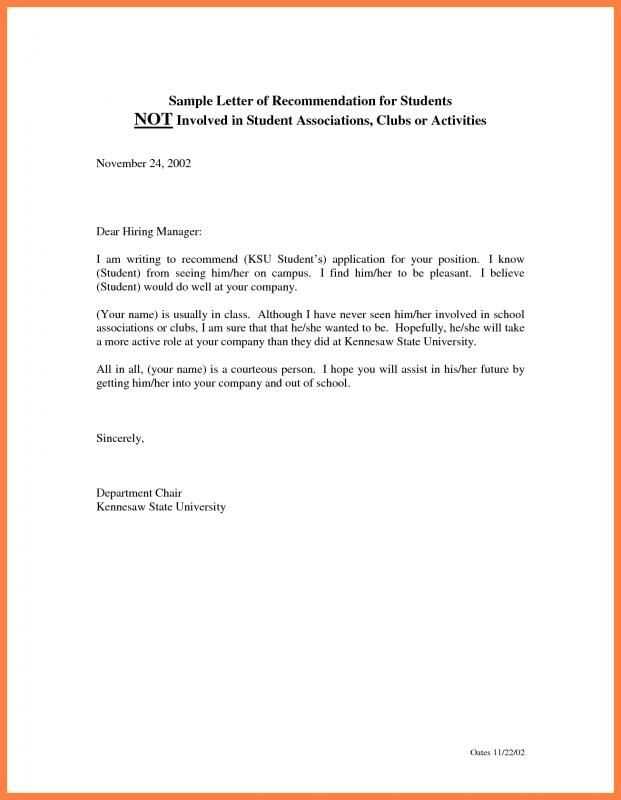
Provide a clear and straightforward summary of the annual budget in your announcement. Focus on presenting the key figures that the community members need to know, such as the total budget, significant increases or decreases, and major expenditures. Use simple language and avoid technical jargon to ensure that everyone can understand the details. Address the purpose of the budget–whether it supports routine maintenance, upgrades, or emergency funds–so residents can see how their contributions are being used.
Highlight Key Changes
If there are any noticeable changes from the previous year’s budget, make sure to point them out. For example, mention if there’s an increase in the maintenance budget due to rising costs or if funds are allocated for a specific project, like roof repairs or landscaping improvements. This helps residents understand the reasons behind the financial decisions.
Explain Payment Details
Be transparent about any changes to fees or payment schedules. If residents are expected to pay higher dues or if the payment process has changed, include these details early in the letter. Offer a breakdown of how dues will be allocated to various expenses, such as staffing, utilities, and upkeep. This creates clarity and reduces confusion among community members.
Finish the announcement with an invitation to attend a community meeting or budget review session where residents can ask questions or express concerns. Provide contact information for any follow-up inquiries and encourage participation in upcoming discussions about financial matters.
Issuing Violations and Penalty Notices to Non-Compliant Residents
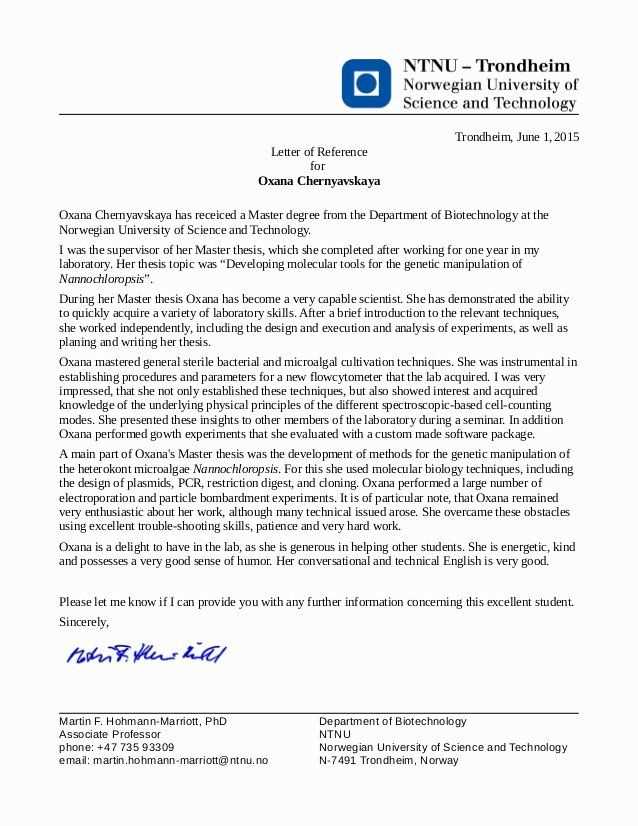
Establish clear procedures for issuing violations and penalty notices to residents who fail to comply with association rules. Use formal language that reflects the seriousness of the issue while keeping it respectful. Ensure that all notices include specific details about the violation, the date it occurred, and the section of the community guidelines or rules that were breached.
Clear and Concise Violation Notices
Each violation notice should be clear and concise, stating exactly what rule has been violated. Provide evidence if applicable, such as photos or reports, to ensure transparency. A clear deadline for resolution should be included, as well as any penalties the resident may incur for non-compliance. This allows residents to understand the consequences and take prompt action to resolve the issue.
Consistent Enforcement of Penalties
Ensure penalties are applied consistently across all residents. Avoid favoritism by following the same steps for each violation. This creates a fair and predictable environment where residents understand that rules apply equally to everyone. If the penalty involves financial charges, outline the payment process clearly, along with any interest that may accrue for delayed payments.
Announcing Changes to Association Rules or Policies
Send a clear and concise notice to residents when rules or policies change. Make sure to state the effective date and the specific changes being made. Highlight any modifications that directly impact residents’ daily activities or responsibilities. This keeps everyone informed and minimizes confusion.
Use straightforward language. Avoid jargon that may complicate the message. Be clear about what is expected from residents moving forward. This way, there are no misunderstandings regarding the new rules or policies.
Provide context where necessary. If a change is due to legal requirements or safety concerns, explain briefly why the change is being implemented. Residents will appreciate knowing the reason behind any adjustments.
Ensure the letter is sent with enough lead time. This allows residents to adjust to the changes. In some cases, offering a brief Q&A session or providing contact information for any concerns can be helpful.
Follow up with reminders if the changes are significant or require action from residents, such as updated parking procedures or new pet policies. This ensures compliance and maintains community harmony.
Communicating Emergency Situations or Evacuation Plans
Clearly communicate emergency procedures to ensure that all residents understand the evacuation process and their responsibilities. Use a variety of methods–emails, physical notices, and community meetings–to guarantee the message reaches everyone.
Evacuation Instructions
Provide step-by-step evacuation instructions. Include details on the nearest exits, assembly areas, and transportation arrangements if necessary. Ensure that these instructions are easy to follow and visible in common areas like hallways or elevators.
| Step | Action | Details |
|---|---|---|
| 1 | Evacuate Building | Leave via the nearest exit immediately. Avoid using elevators. |
| 2 | Gather at Assembly Area | Meet at the designated area outside the building to account for everyone. |
| 3 | Follow Instructions | Listen for further instructions from emergency personnel. |
Communication Channels
Establish several ways to stay in touch with residents during emergencies. Use text messages, phone calls, and email alerts to provide real-time updates. Ensure that all residents are familiar with these communication channels ahead of time.